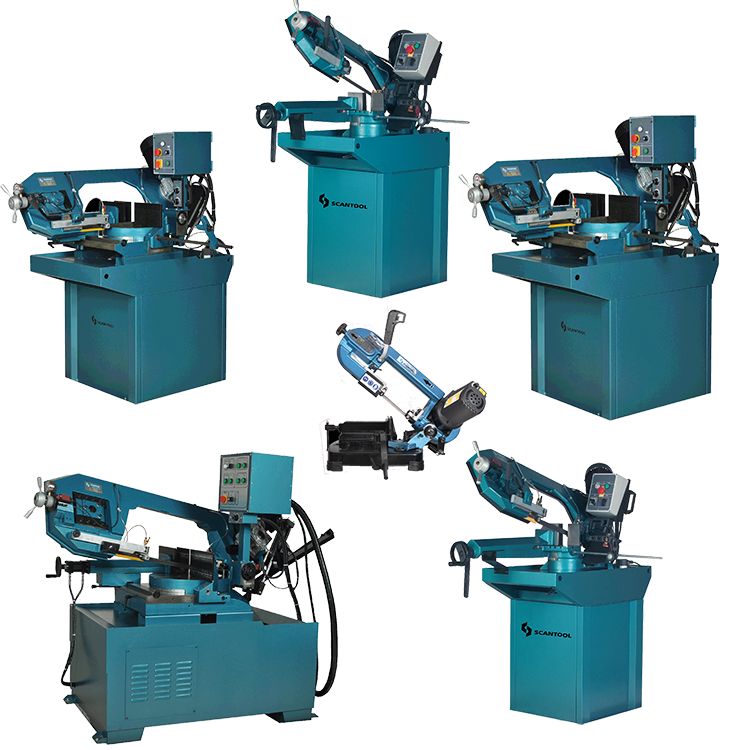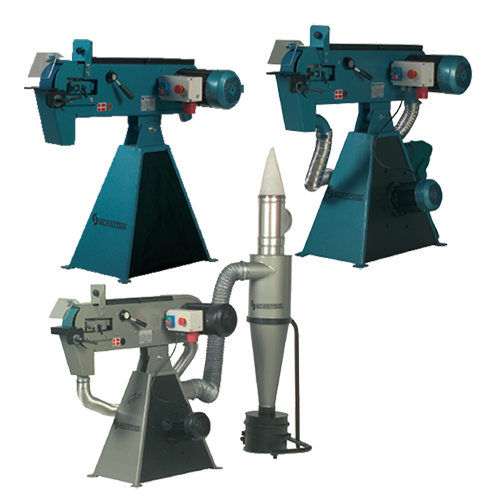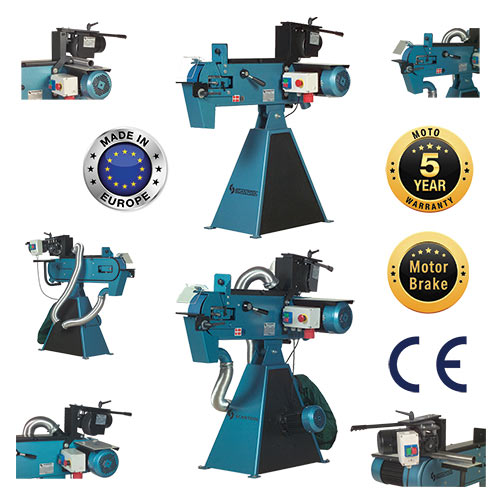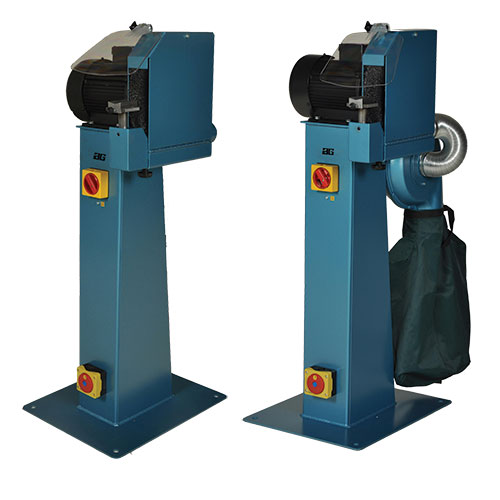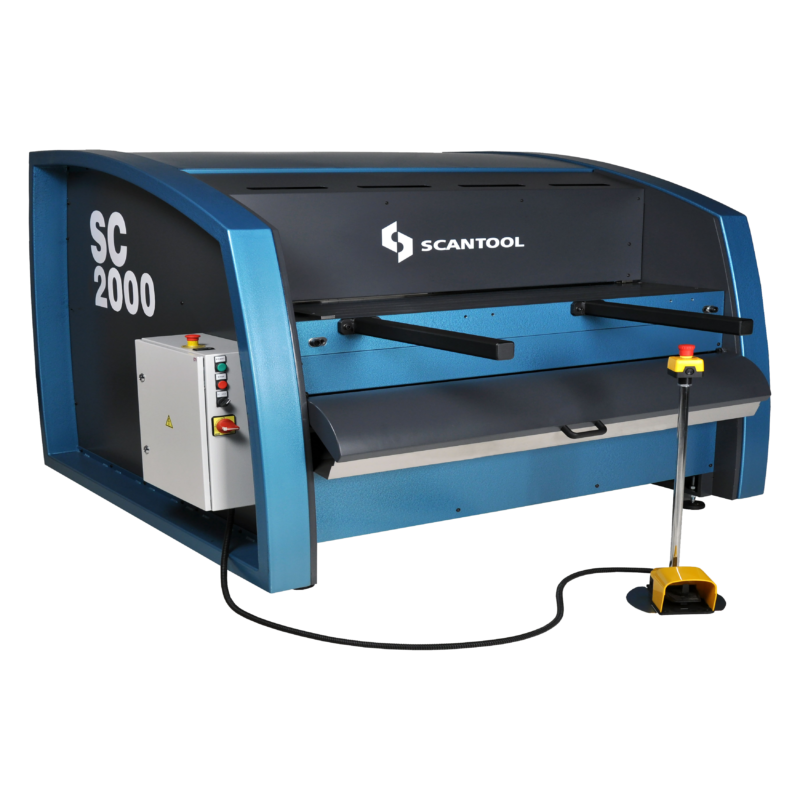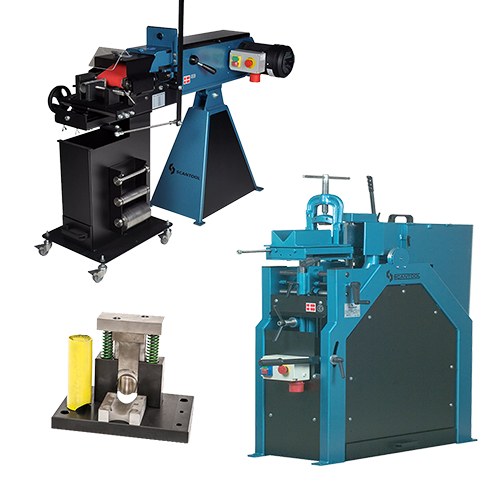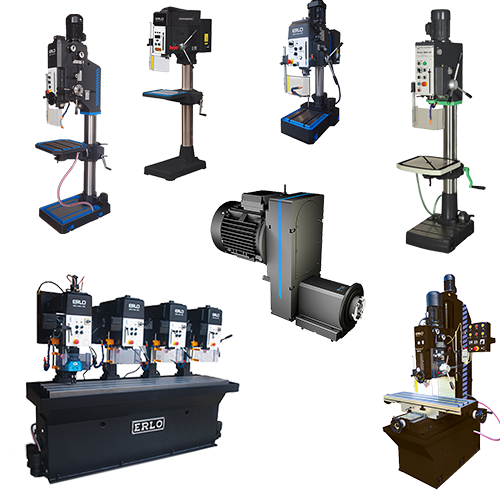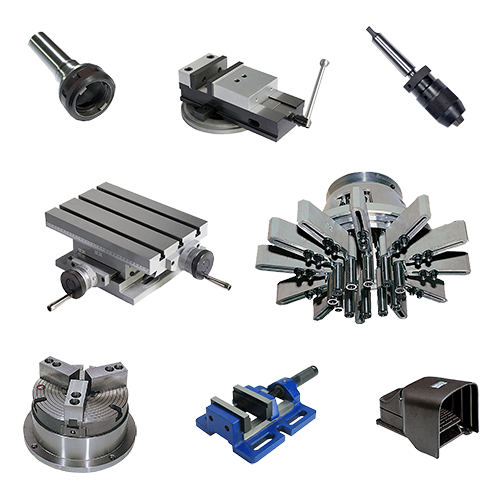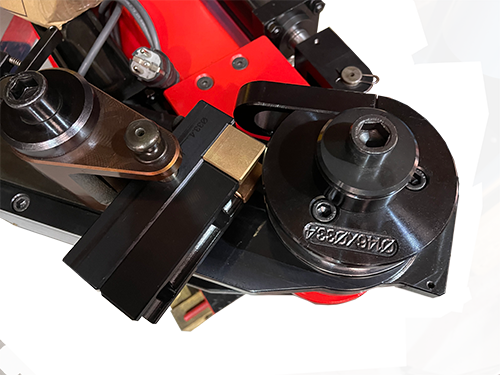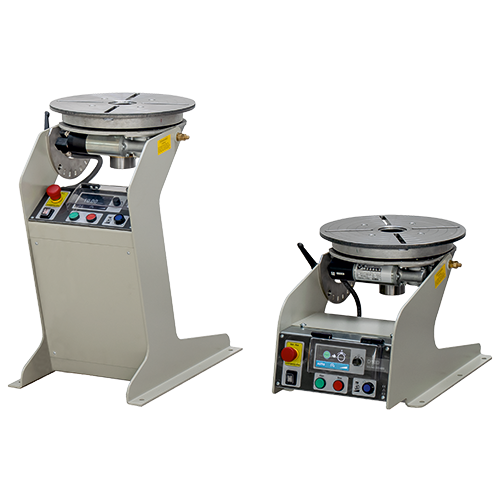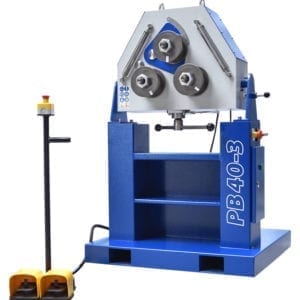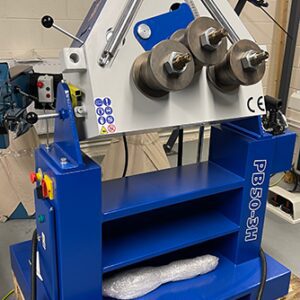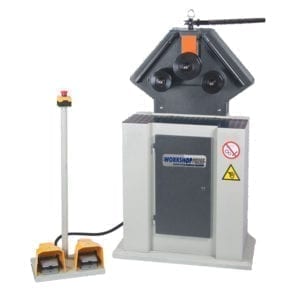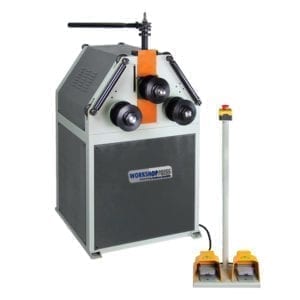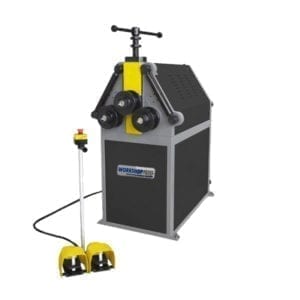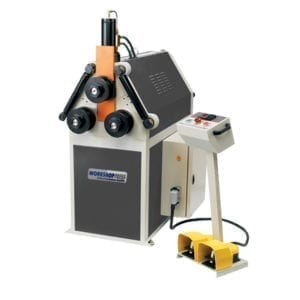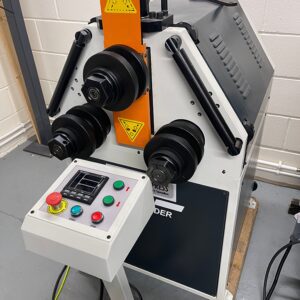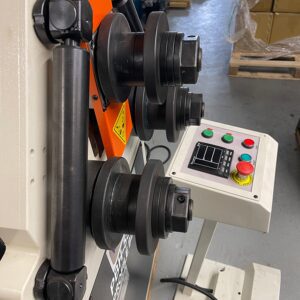Profile Bending Machines
Profile Benders do exactly what there name says, they bend profiles. This type of machine also has many other names that descend directly from the overall versatility of this type of machine. Some common other names include Roll Bender, Profile Roller, Angle Roller and Section Roll. As well as a Ring Roller, Ring Bender, Ring Roll Bender, Section Bending Machines, Section Bender.
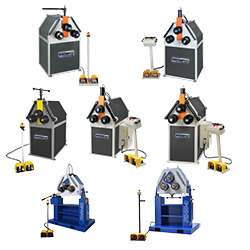

UK Expertise
1-3 Days Delivery
USA Sales
Nationwide Service
EU Sales
Fast EU Delivery
Worldwide
Global ShippingOne of the most common machines in a manufacturing or fabrication facility is a machine called a Profile Bender. A Profile Bender does exactly what it says, it bends profiles. This type of machine also has many other names that descend directly from the overall versatility of this type of machine. Some common other names include Roll Bender, Profile Roller, Angle Roller, Section Roll, Ring Roller, Ring Bender, Ring Roll Bender, Section Bending Machines, Section Bender,
Profile benders are used to roll out profiles of materials into rings, circles, or sections of a ring or circle and the industries that use profile bending machines are vast and many and some of the uses for ring rollers are to build handrail around buildings, to design metal art, unique components of roll cages for race cars of all types, safety rails and structures around industrial sites and machinery, pulpits on boats, street furniture such as benches and bollards, ships internal and external structures, bridge superstructures, airplane framework, automotive frames, boat and marine framework, and rail transport to name a few.
Ring Rollers come in a wide variety of sizes. From very small machines that are used to make rings for jewellery all the way up to machines that can bend pipes that are 2 metres in diameter with 50mm wall thickness and larger still.
Some primary and very important features of ring rollers must be considered when determining what profile bender is suitable for your typical and potential applications. They include whether the machine is manual or hydraulic, what the shaft size is, how many shafts does the machine have, what is the motor size, how many driven rolls does the machine have, how many movable bending rolls (shafts) are there, which rolls (shafts) move and in what directions, what is the bending roll (shaft) or rolls positioning mechanism, how is the position of the bending roll or rolls displayed, how is the machine on the whole controlled, what is the distance between shafts, what is the usable length of the shafts, what is the configuration of the standard section tooling, how is the base framework of the machine constructed and from what materials, and what planes can the machine work in.
The types of materials that can be bent are low carbon steel, medium to high carbon steel, stainless steel, aluminium, copper, cast iron, and just about anything else you can find that’s made into a solid bar or tube. The profiles that can be bent with a roll bender is infinite and some common profiles include flat bar being bent hard way, flat bar bent the easy way, square solid rod, round solid rod, standard round tubing, nominal bore pipe (NBP), rectangle sections, rectangle tubes box sections, angle iron being bent with the leg facing in, angle iron with a leg facing out, T-Section leg in, T-Section leg-out, UNP Section leg in, and UNP Section leg out to name a few. Custom shapes and profiles for the door and window industry are also very common and custom tools can be designed to accommodate these profiles.
Here we address each of the features listed above.
Manual or Hydraulic Machine?
Broadly speaking this terminology can mean many things but with profile benders, it typically refers to how the bending roll (shaft) is physically moved and positioned to perform the bending process. If it is a manual machine the bending roll is positioned with a corkscrew type mechanism. If it is a hydraulic profile bending machine the bending roll position is controlled with up and down buttons that control the direction of the hydraulic mechanism.
What is “Shaft Size”?
When referring to Profile Bending Machines, most profile benders will derive their model number from the size of the shafts it has and this directly relates to the outside diameter of the shafts.
How many Shafts does a Profile Bending Machine have?
Ring rollers generally will have three shafts but some models have four shafts and some with more shafts for special applications.
How many Movable Rolls (shafts) are there and which rolls move and in what direction?
The term “Movable Rolls” generally refer to “Moveable Shafts”. The most common scenario for Angle Rollers is where they have one bending roll that is positioned in the top position of the roll pyramid configuration and moves up and down in a vertical movement and providing bending force. There are ring bender machines with a configuration that has a static top roll and the bottom rolls move up and in towards the top roll either together or separately and through this movement provide bending force on the material.
How many Driven Rolls does the machine have?
Typical roll benders will have either two or three driven rolls that will push the material through the bending rolls. For a two driven roll machine, the two bottom rolls are more often than not the driven rolls.
What is the motor size?
For manual machines, there will be one primary drive motor that drives the driven shafts. For hydraulic machines, there is the main drive motor and then a motor that powers the hydraulic system. Both must be of adequate size and duty in relation to what the section bender is designed to accomplish.
What is the bending roll or rolls positioning mechanism?
This refers back to whether the machine is manual or hydraulic and also to the topic of the number of movable shafts and which rolls move.
How is the position of the bending roll or rolls displayed?
The position of the bending rolls can be display manually with a scale, with a DRO, or on an NC or CNC display.
How is the machine on the whole controlled?
This refers to how the machine is controlled and the typical configurations are fully manually, hydraulic with digital displays, NC, and full CNC configurations. There are of course a wide variety of varying combinations of the control systems available in either a standard or bespoke configuration.
What is the distance between shafts?
This primarily refers to the distance between the centre points of the two bottom primary shafts. The top shaft can also be taken into consideration in certain situations. With a machine with the two bottom shafts being positionable the minimum distance between the two bottom shafts in conjunction with their minimum distance to the top shaft will determine, along with the type of and profile of the material, how tight of a ring can be accomplished.
What is the usable length of the shafts?
This is the distance the from where the threads stop on the front of the shaft to the back of the shaft the joins up with the main structure of the machine and will determine what the maximum thickness of the rolls to be mounted on the shafts can be.
Standard section tooling configuration?
Profile benders more often than not come with a set of tools on the shafts. The tools are called section rolls and there are typically 2 larger plates of varying thicknesses and then a set of smaller concentric smaller tools of varying thicknesses. The larger plates will typically have a recess on both sides one recess being deeper than the other. By configuring the pattern of the larger and smaller rolls and then taking into consideration the recesses on the larger plates, a vast majority of standard square and rectangle profiles can be bent eliminating the need for custom tooling. Round profiles can also be run through these varying configurations but the full profile of the tube will not be supported and the round shape will be distorted.
How is the base framework of the machine constructed and from what materials?
How a section roller is constructed varies greatly from manufacturer to manufacturer. The structure must be suitable to address the intended applications. The framework will have a direct impact on the cost of the machine, the results achieved with the machine, and then the life of the machine. The most standard of section rollers will have a tubular framework that incorporates a large steel plate that houses the shafts. Ring rollers that accommodate most rigorous applications will have alternative frameworks and structures to support the added stresses.
What planes can the machine work in?
Ring rollers typically will have the ability to work in two planes. The first of the two is where the shafts are horizontal to the floor and the frontal surface of the machine is perpendicular to the floor. The other position is where the machine is flipped 90 degrees and the frontal surface of the machine is horizontal to the floor and the shafts are perpendicular to the floor. This position better accommodates applications that use long profiles.
Read our Informative Blog Post about our offering of Profile Bending Machines.
In general, these are the primary considerations when looking to determine what section bender is suitable for your needs and production facility. Each parameter can change and then the combination of all the features listed above can create an exponential and dynamic scenario. WorkshopPress.co.uk can many years of experience in selling profile benders and can readily assist you in determining which machine is appropriate for your needs. We only self Professional Machine, to professionals, and the machines are sold by professionals. Contact us today at 0800 999 1090 or at info@workshoppress.co.uk.


